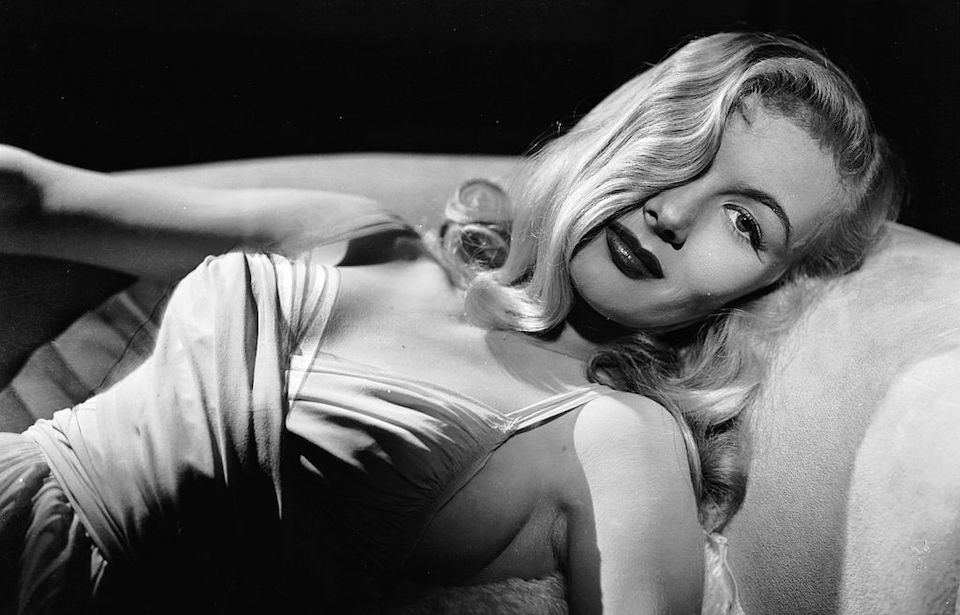Veronica Lake was a staple of vintage Hollywood during the late 1930s and ’40s. While she starred in a host of popular films, including I Wanted Wings and I Married A Witch, she was best known for her iconic “peek-a-boo” hairstyle. She changed her look during the Second World War, a move prompted by the United States government.
“Peek-a-Boo” becomes all the rage
As the story goes, Veronica Lake’s iconic hairstyle came about purely by accident. One day while filming, her hair fell over one of her eyes, and everyone immediately knew it needed to become her trademark look. As such, her hairstylists began purposely laying her hair over her one eye.
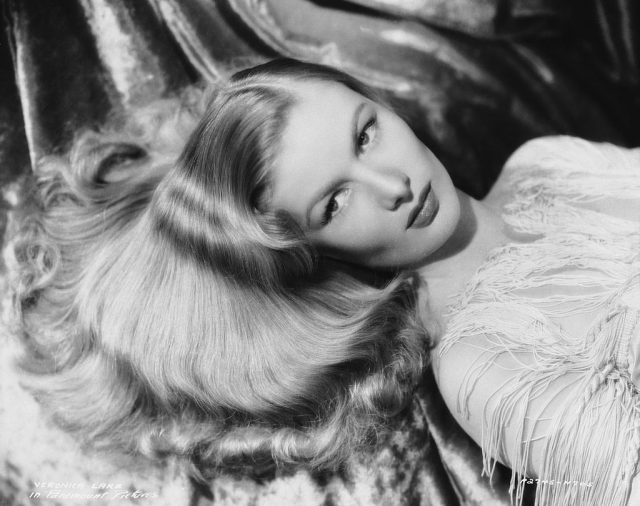
The look quickly became a trend. Women were rushing to salons in order to get their hair styled in a similar way, and Life magazine devoted an entire article to the look and the craze it caused. Companies also began to take advantage of Lake, with the Fuller Brush Company advertising that she would brush her hair for 15 minutes with one of their brushes.
Changing her hair for the war effort
The United States officially entered World War II after the Japanese bombed Pearl Harbor. With men enlisting in the Army, women had to step up and fill their places on the production line. As such, many took on factory jobs and other positions previously held by men.
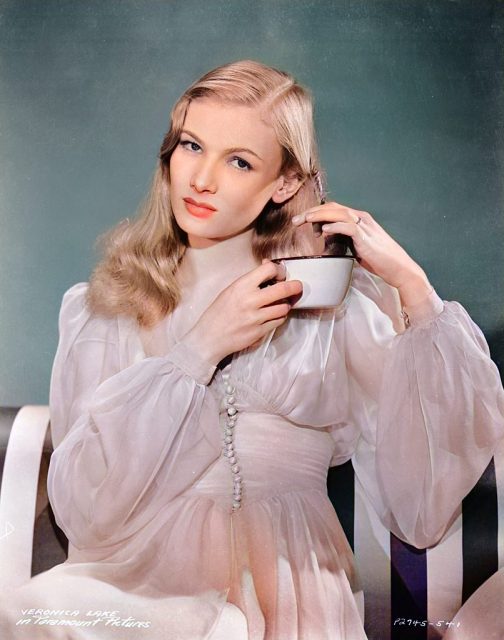
While women were eager to do their part for the war effort, their adoption of Veronica Lake’s “peek-a-boo” hairstyle put them at higher risk of workplace injury, as their hair could get stuck in machinery. With many Hollywood stars doing their part to promote the war effort, the U.S. government approached Lake with a unique own way to contribute.
The government asked Lake to change her hairstyle to one that would allow women to more safely work in a factory setting. She obliged and soon unveiled her new look: the victory roll. It was called this for two reasons. The first was that it made a “V” when seen from the back. Secondly, it promoted choosing the country and “victory” over vanity.
To help promote the look, Lake released a hair tutorial for women to follow. It soon caught on, and many workplaces saw a decrease in machinery-related incidents.
Changing her hairstyle wasn’t the only way in which Lake contributed to the war effort. She was a pin-up girl for soldiers serving overseas, and traveled throughout the country to raise money for war bonds.
Did her new hairstyle ruin her career?
While women adopted Veronica Lake’s new hairstyle, it didn’t go over well with her fans. Not only did it make her appear older than she was, it led others to no longer see her as a mysterious and glamorous femme fatale.
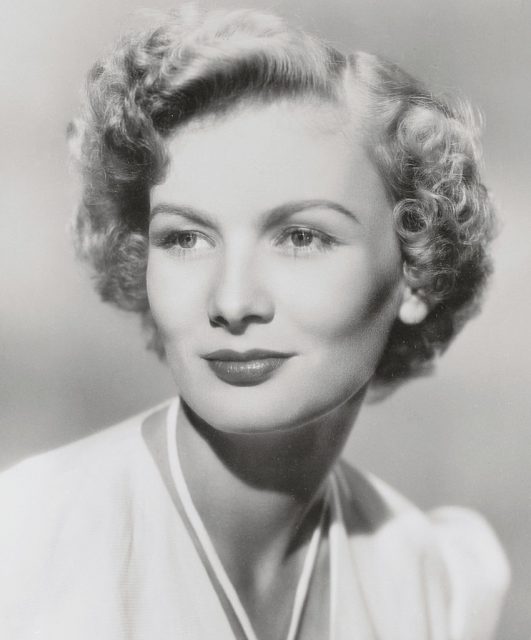
Lake began losing out on starring roles in Hollywood. Many attribute this to the change in her hairstyle, but others point to other factors, including her difficult on-set behavior. The starlet was also an alcoholic, a habit which only grew worse after her 1944 film, The Hour Before Dawn, failed at the box office.
She made only one film appearance in the 1950s, Stronghold, but had numerous guest spots on television. She tried to revitalize her career in 1966 by playing the role of Therese in Footsteps in the Snow, but it failed to re-start her career.
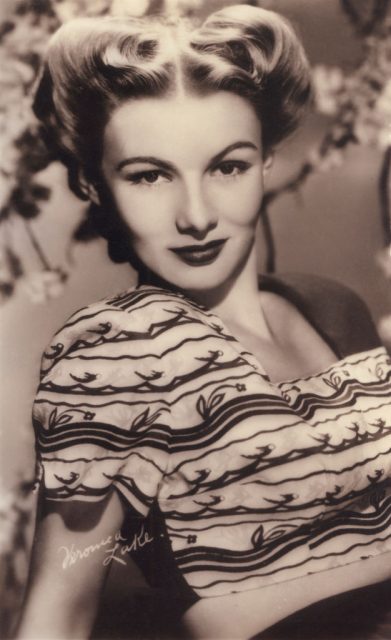
More from us: How Hedy Lamarr, a Hollywood beauty of the Golden Age, became a first-class inventor
Veronica Lake passed away in July 1973 at the age of 50. The cause was attributed to acute kidney failure and hepatitis, both of which were the result of her alcohol consumption.
